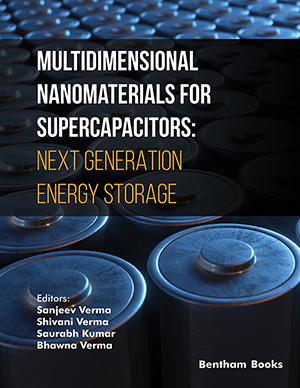Abstract
Technological advances in recent decades have augmented the demand for
durable and inexpensive energy storage devices with higher charge capacity. Owing to
their unique charge storage and surface capability, a recent class of two-dimensional
(2D) materials known as MXenes has been widely used in energy storage devices.
MXenes are the layered transition metal carbides, nitrides, and/or carbonitrides
produced via selective etching of interleaved “A” layers from parent MAX phases.
Unlike other 2D materials, MXenes earned great attention because of their intrinsic
surface functional groups, hydrophilicity, unique electrochemical nature, high
conductivity, and superior charge storage capacity. Such features render MXenes as the
ultimate material from the 2D family, thus inspiring researchers to delve further into
experimental and theoretical realms. Numerous attempts have been made to elucidate
synthesis strategies to produce MXene and its fundamental characteristics. The current
chapter emphasizes the recent advancements in MXene-based electrochemical energy
storage applications using supercapacitors which are recognized as a dominant source.
The effect of MXene's morphology and electrode growth on the charge-storage
mechanism has also been highlighted in subsequent sections. In addition, this chapter
outlines the current state-of-the-art on the supercapacitors compromised of the MXenebased composites. A discussion of relevant challenges associated with such materials
for energy storage applications is also presented, and future perspectives provide
additional insight into their practical aspects.
Keywords: Composite, Energy storage, MXene, Supercapacitor, 2D material.


















